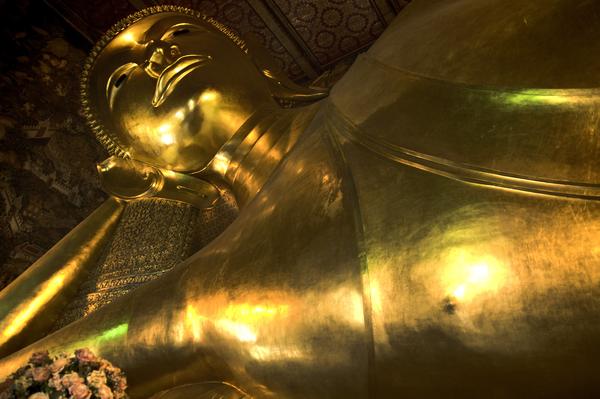
What is Thai massage?
Hint: it's a little different than the Swedish stuff
When most people — particularly in western countries — think of massage, they think of Swedish massage: the relaxing, restorative application of pressure that can help alleviate muscle strain as well as stress, often accompanied by scented lotions, aromatherapy, and soothing ambient music. Thai massage is no less helpful for the body and mind, but its application — and the theories in which it is rooted — differ drastically.
For one thing, Thai massage is, for lack of a better word, a bit more active: rather than muscles being rubbed and massaged, Thai massage recipients have their entire bodies manipulated by the practitioner. This means the recipient’s body is manually stretched, bent, twisted and pulled — sometimes even walked on — to restore alignment and balance. In addition, massage sessions can sometimes incorporate assisted yoga poses. Thai massage is rooted in Ayurvedic medicine as well as acupuncture; greater emphasis is placed on whole-body balance than addressing specific aches and pains (though those can be worked out, too).
Because it’s slightly more tactile and involves some moving around, Thai massage offers a slightly different curative experience than traditional massage. Recipients may feel something akin to seeing a chiropractor: some slight discomfort or awkwardness in the moment, but ultimately, a great sense of bodily relief and relaxation. In fact, that sense of relief and relaxation may be exactly the same as what you’d get from a traditional massage: in 2006, a study published in the Journal of Bodywork and Movement Therapies found that Thai massage and Swedish massage were just as effective.
Getting there
Visit Thailand on a G Adventures tour.






























